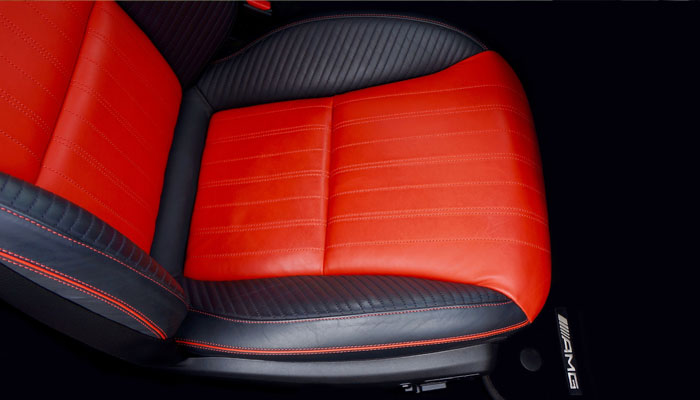One of the leading causes of preventable death for children ages 1 to 13 is car collisions. The truth is, such fatality can be avoided with preventive safety measures. The first step in ensuring your kids’ protection in your car is finding the right car seat for them. If you’re wondering which car seat is the perfect one, well, you should know that there is no single answer. In general, whether you’re buying a used van from Japan or a new vehicle from your local dealership, the ideal car seat for your kids should fit your vehicle, fit your child, and can easily and correctly be installed every time.
Aside from learning the essential safety tips for long drives, you should also know how to choose the ideal car seat for your kids. The following are some guidelines you can use:
Check the Manual
Before going shopping for children’s car seats, you should carefully read the manual. This lets you know where you should place the seat and how you should install it. You can attach car seats either by using the belt or the LATCH system. LATCH stands for Lower Anchors and Tethers for Children, and this system is available in new vehicles. You should choose seats based on how you want to install them—by belt or LATCH.
If you opt for LATCH, don’t forget to identify where the attachments are in your car. It is ideal to have them in the middle, rear-seating position. After all, this is the safest spot for a child.
Select the Correct Seat for your Child’s Weight, Age, and Height
You will find the specifications for weight and height for the seat in the owner’s manual. Here are some general guidelines:
- Rear-Facing Seats – These are the type of car seats that are designed for infants and newborns. Use the rear-facing seats as long as possible. When the head of your child is within an inch of the top of the seat, it means that they have outgrown the seat. Many people think that the general rule is that the seat should be replaced when the child is at least 12 months old and they’ve reached 20 pounds in weight. However, that thinking is now outdated. The most important concern is the height of the child.
- Forward-Facing Seats – Your child must be at least two years old or they should have reached the maximum height limit for rear-facing seats before they move to the next type of car seat.
- Booster Seats – If your child is over 40 pounds, you can let them use a booster seat. If they are around the age of eight, they may be ready to use the adult seat belt without a booster. However, make sure that they are positioned in the back seat and never the front seat. The lap and shoulder belt should fit them snugly. Otherwise, they might still need a booster seat.
What to Consider When Buying a Car Seat
As we’ve mentioned, the car seat for your child should fit your vehicle and your kid. Moreover, you should be able to install them correctly every time. Make sure that the car seat has passed safety standards and crash tests. Expensive child car seats do not necessarily offer better performance. Sometimes, they just look more aesthetically pleasing or are more comfortable.
Make sure you read the label first when you’re selecting the car seat for your child. This will help you decide which seat your child will fit in based on weight, age, and height. If possible, try fitting the seat in your car and test if your child is suitable for it.



